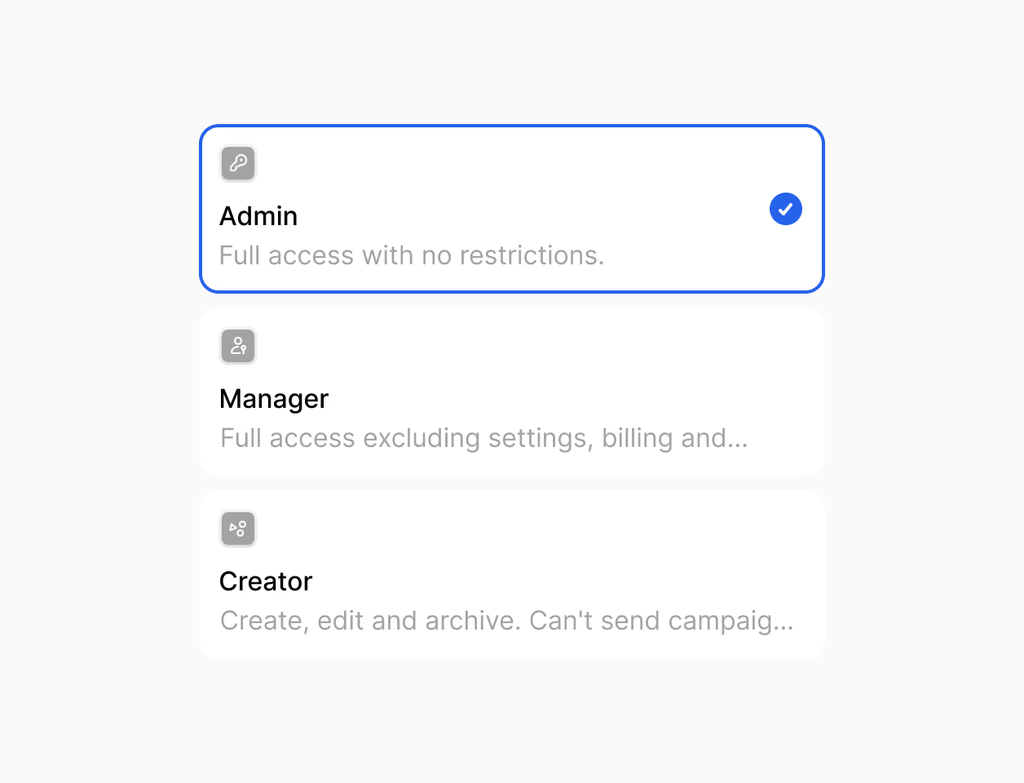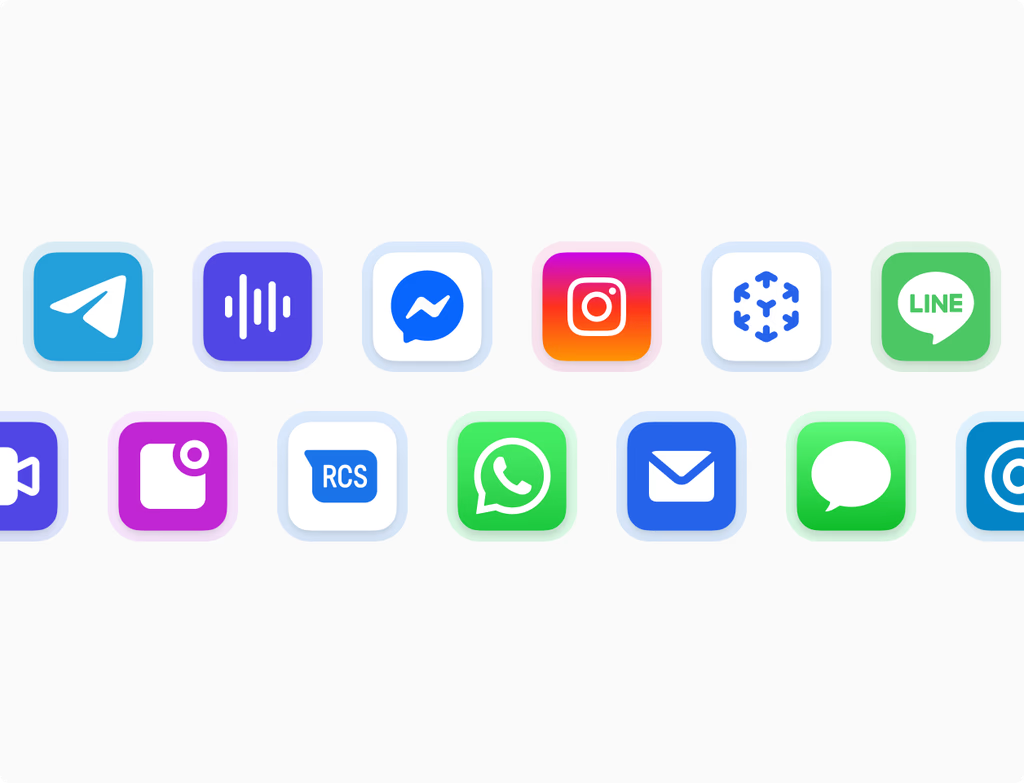What are Dashboards and Reporting for and who should use them?
Dashboards and Reporting give every team a single source of truth for marketing, sales, and service data. This feature is essential for operations and analytics owners who need to standardize metrics and govern data access across the organization. By providing consistent, curated datasets, it prevents metric drift and ensures everyone uses the same numbers for decision-making.
The feature is specifically designed to support any team that relies on data to track performance, including sales, marketing, and service groups. It empowers them to self-serve reports within guardrails set by Ops teams, drastically reducing ad-hoc data requests and improving organizational efficiency within the Hoop platform.
How does Dashboard Governance ensure data consistency across teams?
Dashboard Governance works by giving operations teams control over data definitions and report sharing. They can publish governed datasets and lock critical dashboards to prevent unauthorized edits while still sharing widely with the organization. This system of checks and balances ensures that data remains consistent and trustworthy, regardless of which team is accessing it.
Key mechanisms of governance include:
- Lock and share functionality to prevent edits to executive boards.
- Scheduled delivery of reports to keep all teams aligned on a cadence.
- Access control that grants specific view or edit permissions by team and role.
This process standardizes analytics and maintains a high level of data integrity throughout Hoop.
What are the key benefits of using Curated Datasets?
Curated datasets streamline the reporting process by offering pre-joined fields with essential business logic already applied. This means sales, marketing, and service teams can build insightful reports without needing deep technical knowledge or having to reinvent metrics from scratch. Time to value is immediate because the building blocks are already defined and ready to use.
Benefits include:
- Pre-joined fields with business logic applied.
- Documentation for metric definitions, clarifying what each number represents.
- Versioning and approvals, ensuring that only trusted data sources are used.
By using these standardized assets on the Hoop platform, teams spend less time preparing data and more time acting on insights.
Which Pricing Plans include access to Dashboards and Reporting?
Dashboards and Reporting is available across several of our primary pricing plans: core, pro, and enterprise. The depth of functionality, such as advanced governance features, user capacity, and the volume of datasets you can manage, scales up based on the plan you select. For instance, more complex dashboard governance and access control features are typically more robust in the pro and enterprise tiers.
The core plan provides foundational reporting capabilities necessary for smaller teams to maintain a single source of truth. As your organization grows and requires more sophisticated control over data integrity and distribution, the pro and enterprise plans offer the necessary scale and feature set to handle large-scale analytics and operational needs within Hoop.
Can users version and iterate safely on existing dashboards?
Yes, the Hoop platform fully supports versioning for dashboards to allow for safe iteration and experimentation. Users can employ cloning and saved versions of their dashboards to make changes, test new metrics, or adjust visualizations without affecting the live reports used by the wider team. This ensures business continuity and prevents unintended consequences from report updates.
This capability is crucial for analytics owners who manage complex reporting environments. If a new report design needs testing or if you need to roll back to a previous state, the versioning system offers a secure mechanism. This minimizes troubleshooting and allows for rapid deployment of new report updates once approved and governed by the operations or analytics team.
What is the role of Operational Efficiency in this feature?
Operational efficiency is directly improved by empowering teams to access data themselves within established guardrails, significantly reducing the demand for ad-hoc data requests from specialized analysts. By standardizing the metrics and reports available, all teams can easily pull the data they need when they need it, leading to faster decision-making cycles.
This self-service model is achieved through:
- Standardized reports that require minimal manual configuration.
- Intuitive filters and customizable reports that are easy to use.
- A reduction in time spent resolving data discrepancies due to inconsistent metrics.
This allows Ops teams to focus on strategic initiatives rather than fielding repetitive data requests, thereby boosting overall productivity across the entire organization using Hoop.



.avif)





